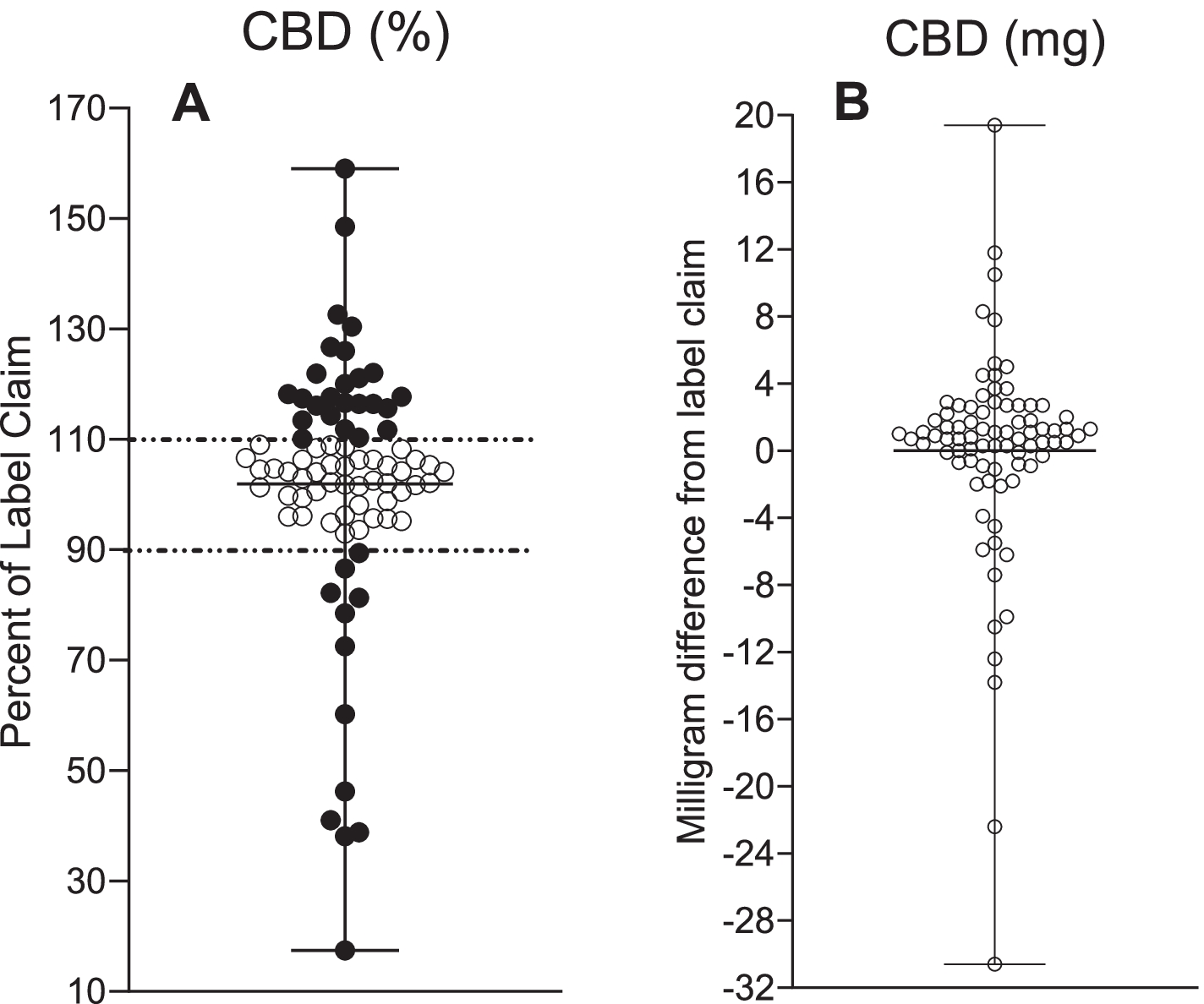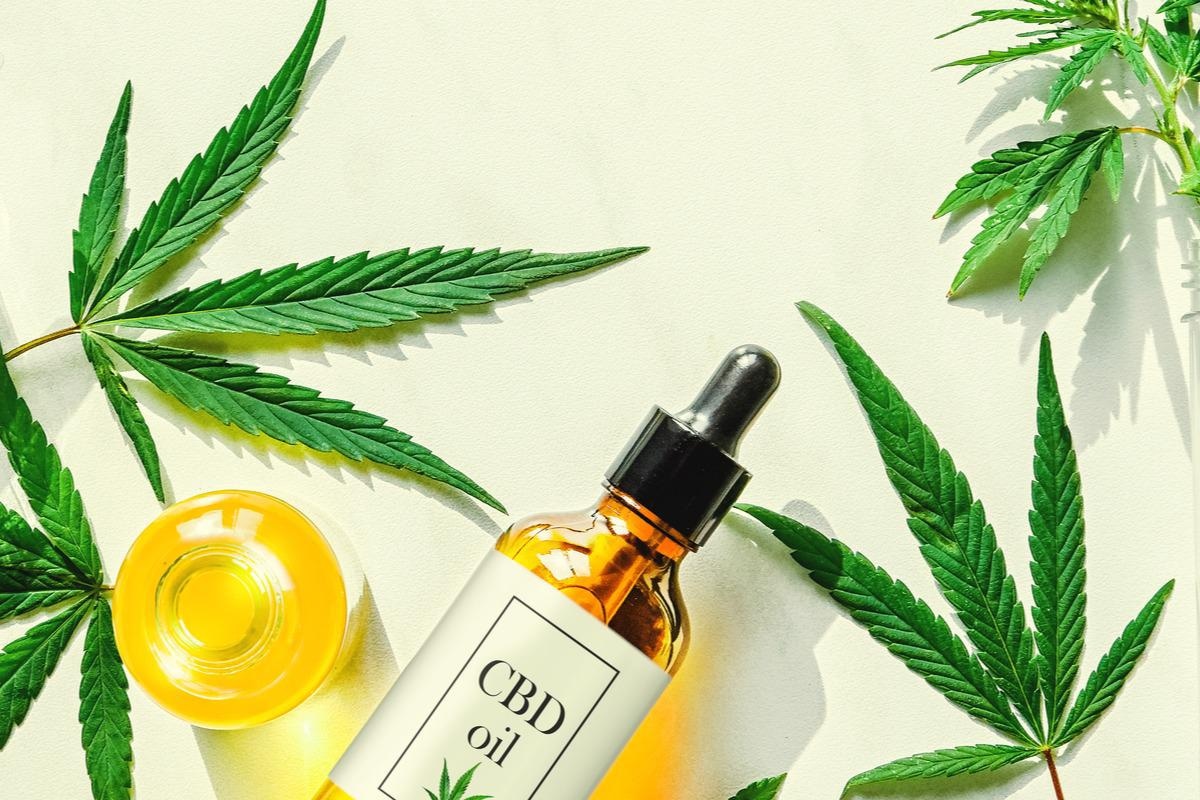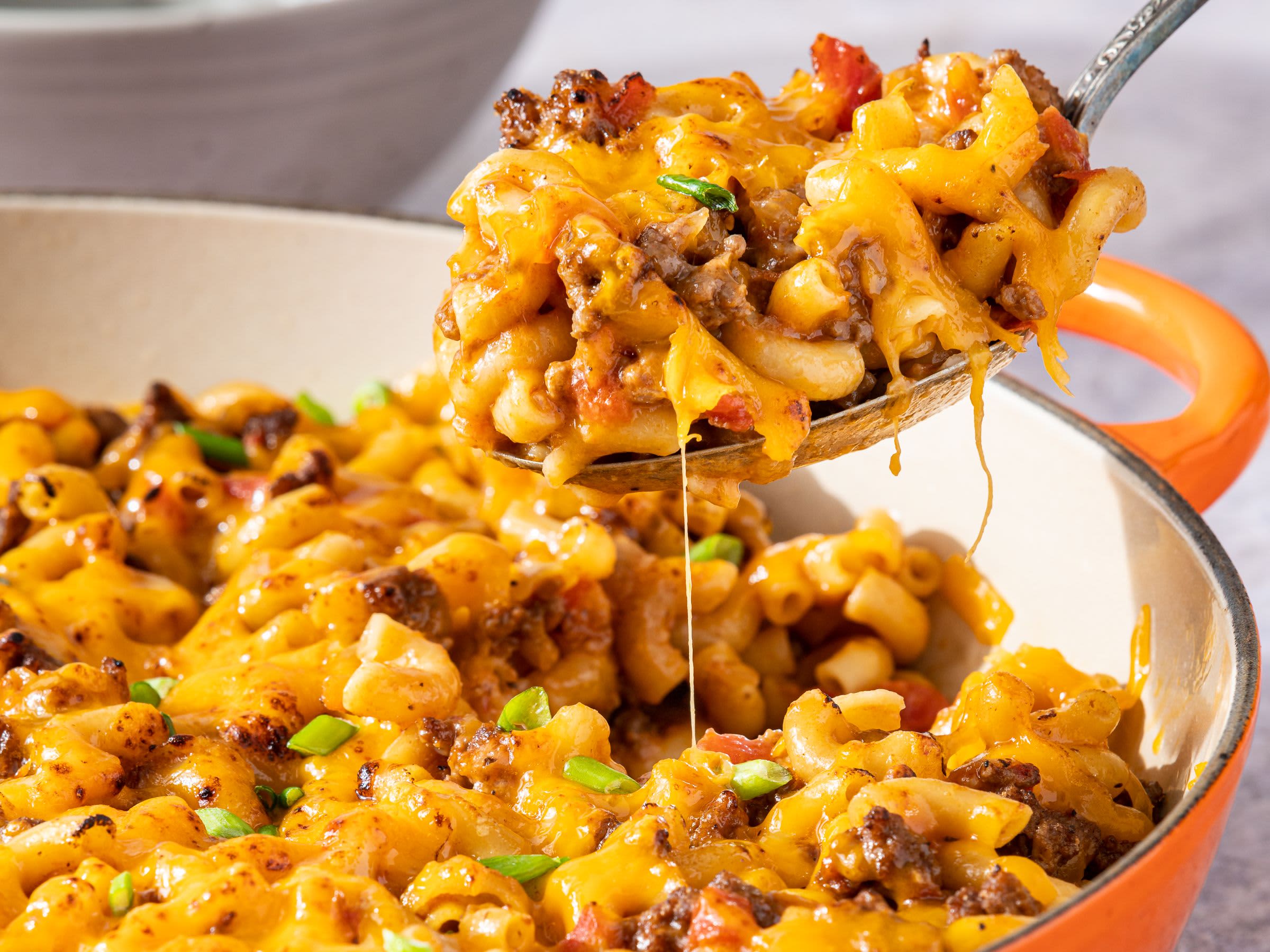The latest scientific studies have highlighted the therapeutic positive aspects of cannabidiol (CBD), which is a non-intoxicating ingredient of Cannabis sativa. Previously, the association of Δ9-tetrahydrocannabinol (Δ9-THC) with CBD confined studies on its medicinal advantages.
The Agricultural Advancement Act of 2018 (2018 Farm Invoice) legalized the use of products from the plant pieces of Cannabis sativa, which is also identified as hemp. This led to the speedy growth of the CBD market.
Analyze: Label precision of unregulated cannabidiol (CBD) solutions: calculated focus vs. label assert. Impression Credit rating: IRA_EVVA / Shutterstock.com
History
In June 2018, a purified oral answer of CBD identified as Epidolex® received acceptance by the United States Meals and Drug Administration (Food and drug administration) for the remedy of a few forms of epilepsy.
Nonetheless, apart from for Epidolex®, other CBD solutions keep on being unregulated in the U.S. In June 2019, the Food and drug administration held a normal general public listening to to hear fears from experts concerning CBD regulation.
A lot of investigation groups, along with the Fda, have recognized numerous problems with label precision for quite a few CBD solutions. This situation was not restricted to the U.S., as similar stories have also been posted in the Netherlands, United Kingdom, and Italy.
A new Journal of Cannabis Analysis analyze aimed to determine the CBD articles in various items and examine it to their label promises. The solutions assessed in this research had been obtained from quite a few stores in Central Kentucky, as very well as on-line suppliers, involving April 2, 2021, and Might 9, 2021.
About the analyze
The latest analyze included a whole of 80 samples, 44 of which had been obtained from on the net shops that had been U.S.-based. The remaining 36 samples have been acquired from regional suppliers inside of Central Kentucky.
Taken together, the samples bundled in this research have been created by 51 distinctive brands. Epidiolex® was also used as a positive command. All CBD solutions have been examined right away on opening and just before their expiration dates.
To identify label precision, a ±10% of the allowable variance was made use of. The merchandise with CBD focus exceeding 110% of the labeled value were considered below-labeled, although people with less than 90% of their labeled CBD material were being viewed as over-labeled. Goods with a CBD focus that was in between 90-110% of their labeled CBD content ended up viewed as to be properly labeled.
Thereafter, all samples had been organized and analyzed working with liquid chromatography-tandem mass spectrometry (LC-MS/MS).
Study results
Out of the 80 tested samples, 31% ended up beneath-labeled, 54% ended up labeled accurately, and 15% have been in excess of-labeled. Out of the 44 solutions that had been bought on line, 25% ended up under-labeled, 61% ended up labeled accurately, and 14% were being in excess of-labeled. For the 36 products and solutions that ended up bought locally, 39% have been beneath-labeled, 17% were about-labeled, and 44% were being labeled correctly.
The CBD concentrations ranged from 2.9 to 61.3 mg/mL for all unregulated samples, with labeled CBD concentrations ranging from 17-159%. The ordinary amount of money of CBD for underneath-labeled merchandise was 121% of the label declare, as when compared to 61% in in excess of-labeled goods.
 CBD measurements in 80 commercially readily available CBD oil goods and Epidiolex®. A The percentage of CBD label claim material with ± 10% tolerance denoting underneath-labeling (> 110%) and more than-labeling (< 90%). B Deviation from CBD label claim in milligram
CBD measurements in 80 commercially readily available CBD oil goods and Epidiolex®. A The percentage of CBD label claim material with ± 10% tolerance denoting underneath-labeling (> 110%) and more than-labeling (< 90%). B Deviation from CBD label claim in milligram
Conclusions
The current study provides evidence that CBD products from several countries around the world often had inconsistent CBD concentrations with their label claims. Such inaccurate labelings can pose safety risks to consumers who use CBD products for medical treatments.
Thus, clear regulations from both the federal and state agencies, as well as good manufacturing practices, are required to guarantee that the label claims of CBD products are accurate.
Limitations
The study has certain limitations. First, the study included only hemp-derived oil products. Second, only CBD concentrations were reported, while other cannabinoid concentrations were not reported. The current study also did not involve a formal sampling protocol.
Journal reference:
- Johnson, E., Kilgore, M., & Babalonis, S. (2022). Label accuracy of unregulated cannabidiol (CBD) products: measured concentration vs. label claim. Journal of Cannabis Research. doi:10.1186/s42238-022-00140-1.







